Adventures with G-AKDN - Chapter 5
Time to fly this airplane. My first impressions as I climbed up the wing and slid the canopy open was that this was a real vintage airplane. The cockpit had the smell of metal, fuel, oil, leather and old electrical wire. Years later I visited the USS Midway Aircraft Carrier docked in San Diego Harbour. When I walked into the lower hangar deck I was hit with exactly the same smell. This was the smell of aviation history. Strapping into the cockpit that fit like a glove, I realised how much smaller the pilots must have been back in 1947. Even still, everything in the cockpit fell to hand. I felt right at home. It felt like I was strapping on my Pitts Special. The starting procedure was a bit different than I was used to, but the Gipsy Major engine fired right up and felt powerful. Taxiing was hard because you really need 3 hands to control it on the ground. A steep learning curve, but after a simple run up I was ready to fly.
It flew like a fighter. The engine rattled the window panes in the canopy while under full power, but as I throttled back at altitude the engine just hummed with very little vibration, and the airplane just kept accelerating. This was a very light and fast example of a Chipmunk.
I couldn’t help but feel I was in a time machine. I was holding the same set of controls all the famous test pilots held. As I sat there turning and soaring over the lush green countryside it could have been 1940’s again. It was a very surreal experience to be there doing that. My first landing was to be one of the best I ever made in KDN. Beginner’s luck, or maybe test pilot John Derry was watching over his KDN, making sure she was in good hands. As I shut down I realised, I had just fallen in love.
It took us a week to take KDN apart and get packed securely in the container. Graham and his crew were there to help whenever we asked. We had some stress when we found out the tail brackets we borrowed from Tom did not fit. Our prototype aircraft turned out to be a lot different then production RCAF Chipmunks that Tom is familiar with. After some creative thinking, and scrounging, we managed to turn a satellite dish bracket into a Chipmunk tail support fitting.
KDN took 17 days to travel by truck to Liverpool, ship to Montreal, (through an Atlantic storm) and train to Saskatoon. It arrived by truck at Saskatoon airport. When we opened the container.........it was in perfect condition. It hadn’t moved a fraction of an inch. Our hard work with Graham and his crew paid off. We all breathed a sigh of relief.
to be continued...



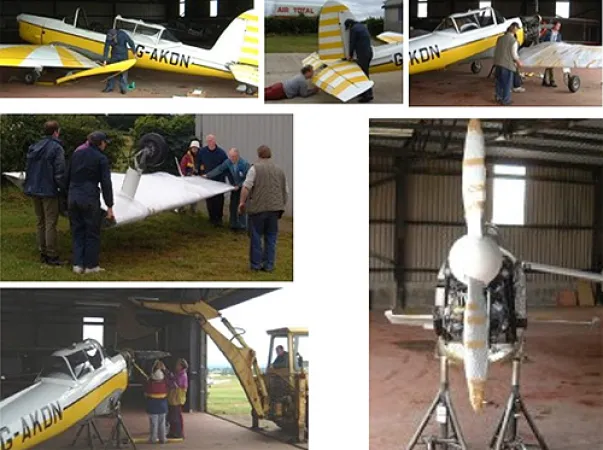
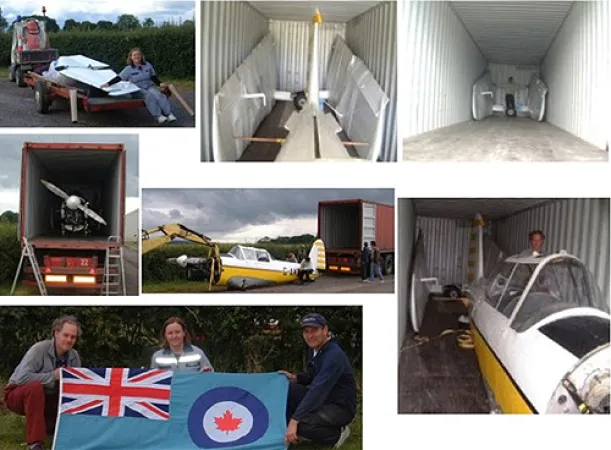

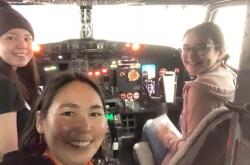
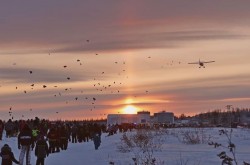

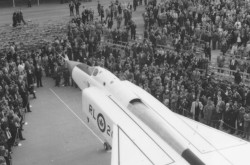
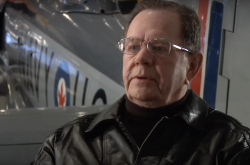




![A block of photographs showing some of the people involved in the bombing of beluga whales in the estuary and gulf of the St. Lawrence River. Anon., “La chasse aux marsouins [sic]. » Le Devoir, 15 August 1929, 6.](/sites/default/files/styles/thumbnail_7/public/2024-09/Le%20Devoir%2015%20aout%201929%20page%206.jpg?h=584f1d27&itok=TppdLItg)






